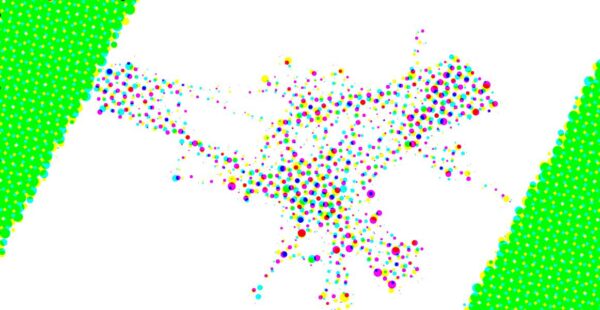
The Small Things in Viral Misinformation
Misinformation, both unintentional and intentional (usually called disinformation), is one of society’s greatest challenges. It is deployed at scale against whole nations. This big misinformation is only made possible by the daily accumulation of thousands of bits of small misinformation. Let’s look at a case study.
In the United Kingdom, motoring laws were recently updated with the intent of preventing people from using their mobile phones while driving. The basic premise is good; if people were looking out the window more, they would crash less. It’s hard to dispute the principle here.
There was a flurry of reporting over this rule change, intended as clickbait, telling drivers they could face fines of between £200 and £1,000 if they used their phone to pay at a drive-thru. The media outlets telling these stories were sources of disinformation because they were generating bad information with the intention of getting clicks and earning advertising dollars. Some of the journalists may have simply been confused, but you have to consider how much more clickable the wrong story is than the right story here. People shared these stories, which is where the disinformation morphs into misinformation, as the people sharing them believed them to be true – possible because they thought the “Dunny-on-the-Wold Herald” was a trustworthy source of information.
The Department of Transport cleared it all up with a specific exemption for making contactless payments, by tapping a card reader, for the immediate receipt of goods and services. To put it simply in power points:
- You must be stationary
- You must be “at the window of the drive-thru”
- You must be tapping the payment device (not making a payment to an Internet service)
- You must be receiving the goods or service as part of the same transaction (i.e. they make you a coffee and hand it to you)
You would think that this would clear it all up, right? Wrong. There are no retractions, the incorrect claims are spreading faster than the truth, and people are probably sat complaining about “ridiculous laws” that don’t actually exist.
It’s no big deal though because it’s not a critical issue. Except, in general, we are not demonstrating different behaviour when it comes to an important subject. We simply don’t do our own research. Not even the bad kind where we gather material for confirmation bias.
We read. We react. We share.
This is the bad cycle. We have to pause after the initial reaction. We need to follow the evidence in both directions. We need to delay that push-button instant gratification and get smart about how we ingest and spew information.
If you want to help the world, take responsibility for checking facts before you share and publishing retractions with the same prominence as the original information if you find out later on that the information is wrong. Remember, you aren’t wrong; the information is. By telling people “that article I shared about getting fined at the drive-thru is wrong” you are helping to fix this problem.
If you want to get deeper into data and how it is (mis)used to poke your tender spots, read Tim Harford’s How To Make The World Add Up. You’d be surprised how often these emotion-triggering tactics are being used to manipulate your decision-making.
Ranting Articles
Written by Fenton on





